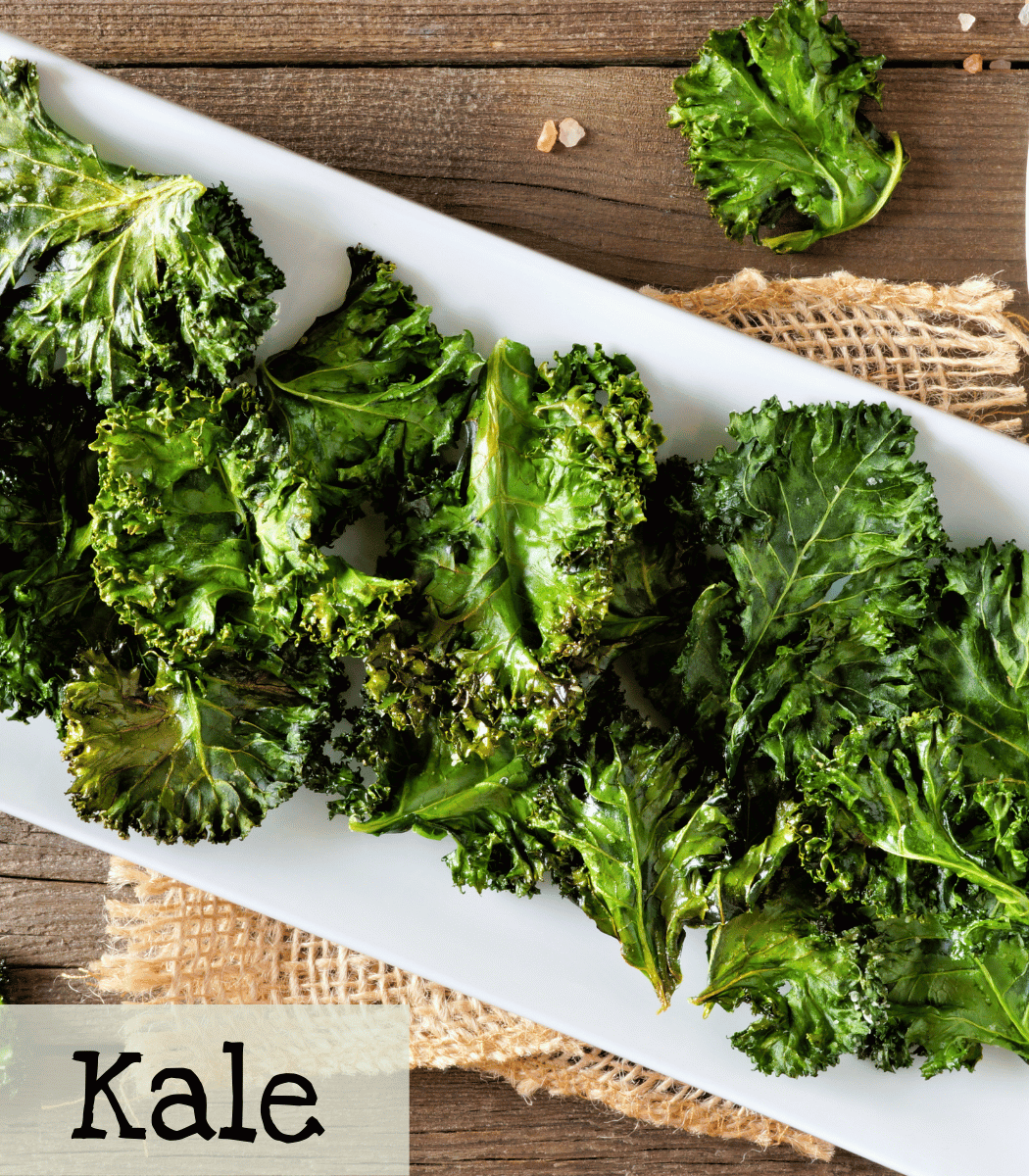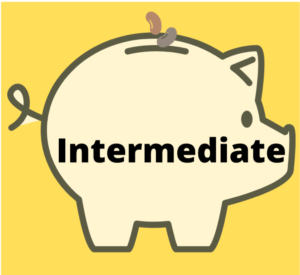
Kale
Kale is a leafy green member of the brassica family. Packed with nutrients it is excellent raw in salads, sautéed, and roasted! It is frost tolerant and becomes sweeter after experiencing a touch of frost!
|
Dinosaur (Lacinato); Russian Red; Walking Stick |
|
Brassica oleracea |
|
Intermediate |
|
Intermediate to Difficult |
|
4 years if properly stored |
|
Biennial Walking Stick: Short-lived perennial |
|
6-14 days |
|
Can be soaked overnight |
|
1/2 inch |
|
16” tall x 16-20” spread Walking Stick: 6-12′ (20′ in its native range) |
|
Full sun, but will tolerate partial shade |
|
Yes |
|
50-70 days |
|
February, June, July, and August |
|
Yes |

Growing Tips


2-3 plants per 12” container.
When to Start
Winter: Start indoors or direct sow 8-10 weeks before the last frost. (Feb 1 – Mar 10 for GA)
Winter Transplant: Transplant 4-6 weeks before the last frost. (Early Mar for GA)
Fall: Either direct sow or start indoors 8-10 weeks before the first average frost. (Aug 1 – Sep 1 GA)
Fall Transplant: Transplant 4-6 weeks before the first average frost. (Sep – Mid Oct for GA)
How to Start
Kale can be started indoors for later transplant, however, you might have better luck direct sowing it. Sow to a depth of 1/2 inch 8-10 weeks before the last frost date. Thin or space plants 12-18 inches apart. If starting indoors, fill cells or pots with sterile, pre-moistened seed starting mix. Sow to a depth of 1/2 inch and place under grow lights. Harden off seedlings before transplanting.
Care
Plants prefer temperatures between 65-75 F and will turn bitter in hot weather. Protect the plants from freezing temperatures with row covers. Frosts are good for kale as they will grow sweeter if they experiences a light frost. Some kale is cold hardy and can survive and even thrive in freezes and snow. Frost will break down the cells allowing sugars to develop.
Kale prefers well-draining soil and full sun but they can tolerate partial shade and is relatively low maintenance. Some kale is ornamental and adds a lovely splash of color to gardens.
Harvest
Use succession planting to have a longer harvest. Harvest a few leaves one at a time or cut the entire bunch at the base.
Pest Management
Like other brassicas, kale does have some pest problems. Slugs and cabbage worms can decimate kale. Try “Companion Planting” and various “Slug Traps” to control pests. (Links are below.)
Pro Tip!
Incompatibles: Beans and tomatoes
Grows well with: Artichoke, beets, celery, cucumber, lettuce, onions, peas, potatoes, and spinach
My personal experience
Some things are worth waiting for and homemade kale chips are one of those things! Nothing beats the flavor of homegrown food. Of all the kale varieties I’ve tried, Dinosaur is my favorite. It has a nutty flavor and makes the best kale chips. They get really crispy!
I struggle most with slugs destroying my seedlings. But ever since I discovered egg shell barriers, I don’t have the problems I used to. I save all my egg shells. They get used for various things, from adding calcium to my tomatoes and peppers to slug traps.

Seed Saving

Isolation Distance
Insect-dependent and biennial, Kale will cross with other Brassica oleracea like, broccoli and collards. Separate by 1 mile for reliable distance isolation. Allow seeds to mature and dry on the plants before harvesting.
Instructions
Kale requires vernalization (the process of overwintering). Designate a particular Kale plant or plants for seed harvest. Plants will bloom in the 2nd year.
Dig up the seed plants at the end of the first growing season if the winter falls below 32 F. In this case, replant them in pots of sand. Store the sand pots over the winter in a temperature range between 32-40 F. Transplant the seed kale back to the garden the following spring. You MIGHT be able to get away with leaving the kale in the ground in GA. Mulch heavily and cover if temps get below freezing.
Let seed pods mature and dry on the plants before harvesting, or the seeds will not be fully mature. Harvest quickly after drying, as the pods often shatter and drop their seeds soon after they dry.
Strip the pods from the stalks and place them in a bowl. Work through the bowl of seed pods with your fingers. The pods will easily open, releasing the tiny seeds. Winnow the chaff.
Seeds and finer chaff are easy to separate by a variety of methods. One way is to use two screens of varying mesh, one a little smaller than the seeds and the other a little larger. The first screen lets anything smaller than the seeds fall through, and the second lets the seeds through and stops anything larger.
Features
- Dinosaur (Lacinato) can be harvested even under a foot of snow. Heirloom.
- Russian Red: Heirloom. A tender and mild leaf at any size, but well-suited as baby greens. The leaves have a red tinge, and the stems are purplish-red.
- Walking Stick: Heirloom. Grown in Europe, the long stocks were turned into walking sticks, and the leaves were used to feed cattle. This beautiful kale is a standout in gardens, and the young leaves can be used like other kales.

- Hot weather can turn kale bitter.
- Plants are biannual and will bloom in the second year.
- Great to use as microgreens and baby greens.
You May Also Like:
Companion Planting: How to use flowers to help control pests.
Trap cropping: How to keep pests out of your main crop.
Sources:
Starting & Saving Seeds By Julie Thompson-Adolf
